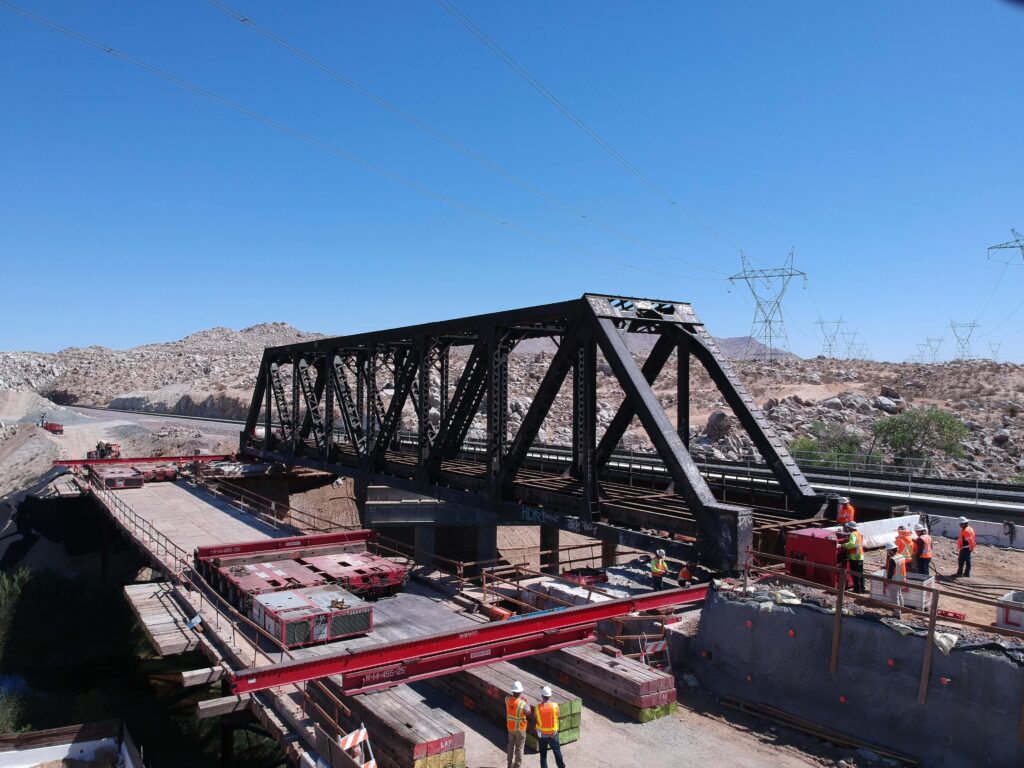INFRASTRUCTURE BILL GOOD NEWS FOR HEAVY HAUL
President Joe Biden signed a $1.2 trillion infrastructure bill into law Nov. 15. It will deliver $550 billion of new federal investments in America’s infrastructure over five years. The law will touch everything from bridges and roads to the nation’s broadband, water and energy systems.
According to an article in Loadstar, $110 billion will be designed for work on roads and bridges and major projects. In the United States, one in five miles of highways and major roads and 46,000 bridges are considered structurally deficient, or in poor condition. The American Society of Civil Engineers estimates that 42% of the 617,000 bridges across the U.S. are at least 50 years old.
The bill represents the single largest bridge investment since the construction of the interstate highway system in the 1950s. The goal is to rebuild the most economically significant bridges in the country as well as thousands of smaller bridges.
Ragan Watson, projects sales representative at Barnhart, said more than 10,000 bridges in the United States were scheduled for rehabilitation work. Hundreds need to be completely rebuilt. Given the inherent danger of a full or partial bridge collapses, these project should be a high priority.

Supply Chain Improvements
Barnhart has a stake in the outcome. The company provides accelerated bridge construction, standard bridge jacking and emergency bridge services. They also haul the heavy cargo that challenges aging bridges.
“Our supply chain hinges upon the ability to cross structures, like bridges,” says Watson. “This is not only the case for oversized loads, but for the truckers who deliver goods across the United States.”
Besides being a safety hazard, if bridges are structurally deficient, it forces heavier vehicles to make lengthy and costly detours adding miles to the route and additional bridges to cross. All of which add to the overall project cost to the buyer. Investments in roads and bridges make the US more productive and help address at least one factor in the supply chain backlog.
While it’s hard to estimate a timeline of when funding will be released, according to Loadstar the lion’s share of the spending should be complete within five years and “shovel-ready projects” could get under way in just a few months.
“We’ll be ready to go any time,” says Watson.
